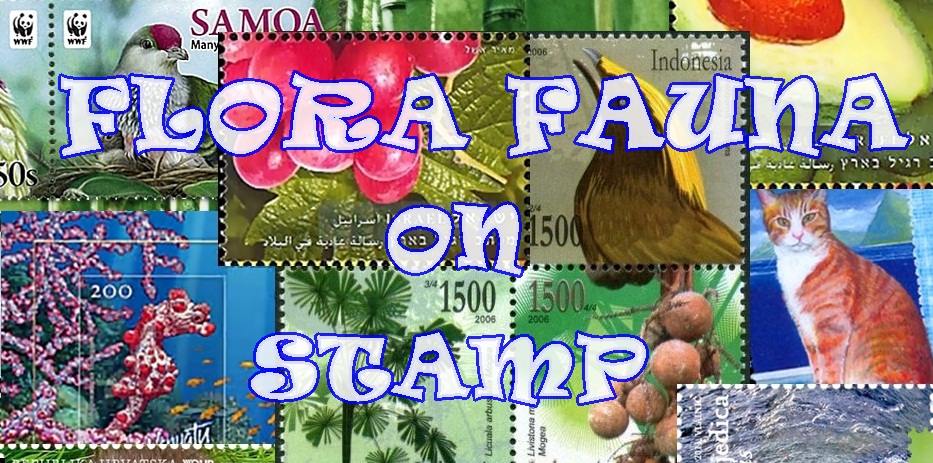
Mayotte Post released the unique souvenir sheet stamp, consist of four stamps presents corals on July 2, 2007. The species are depicted Acropora palmata, Gorgone eventail, the Staghorn coral, Brain coral which are found in Mayotte.

Corail corne d’elan or Elk horn coral (Acropora palmata) is a leading corals forming coral reefs of the Caribbean . Acroporas grow in the coral reefs of the Atlantic, Indian and Pacific Oceans.
It has a complex structure with many large branches that form a habitat for various reef dwellers such as lobsters , the parrotfish .
Coral colonies horned elk grow incredibly fast (5 to 10 cm per year) and can reach a diameter of 3.50 meters. Its color varies from brown to yellowish-brown. The result of a symbiosis with zooxanthellae living within the coral tissues. This alga performs photosynthesis and pourvoie the coral nutrients .
 Gorgone Eventail, or sea fan, is a marine animal, resembling coral , which is also a cousin.
Gorgone Eventail, or sea fan, is a marine animal, resembling coral , which is also a cousin.
Thousands of gorgonians live together to form what is called a colony, and their exoskeletons hard, and are bonded form ramifications, like branches . In fact, gorgonians are a group: there are a large number of species.

Corail corne de cerf or the Staghorn coral is found throughout the Florida Keys, the Bahamas, the Caribbean islands and the Great Barrier Reef.
This coral occurs in the western Gulf of Mexico.The staghorn coral (Acropora cervicornis) is a branching, stony coral with cylindrical branches ranging from a few centimetres to over two metres in length and height. It occurs in back reef and fore reef environments from 0 to 30 m depth.

Cerveau de Neptune or Brain corals are found in shallow warm-water coral reefs in all the world's oceans. They are part of the phylum Cnidaria, in a class called Anthozoa or "flower animals."
The life span of the largest brain corals is 900 years. Colonies can grow as large as 6 or more feet (1.8 m) high.Brain coral is a common name given to corals in the family Faviidae so called due to their generally spheroid shape and grooved surface which resembles a brain.

No comments:
Post a Comment